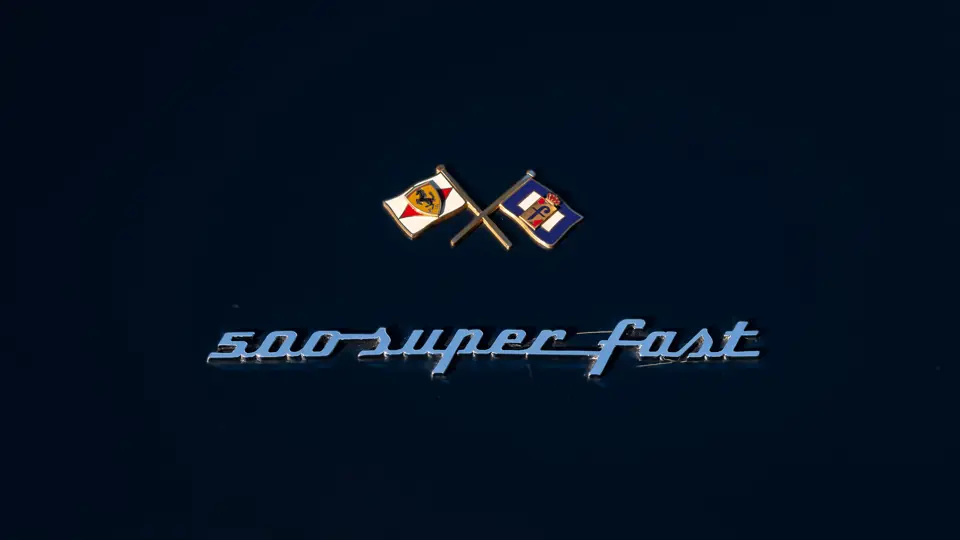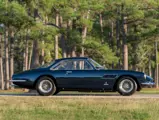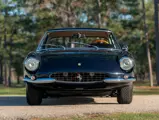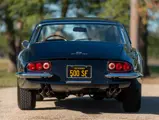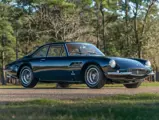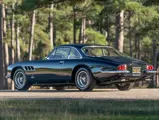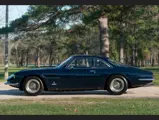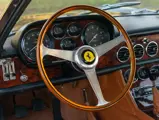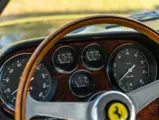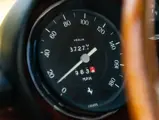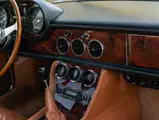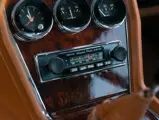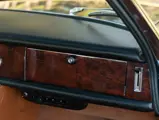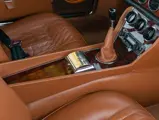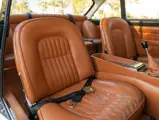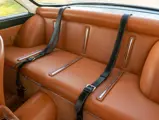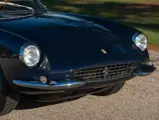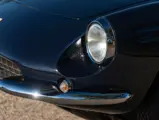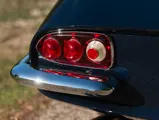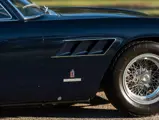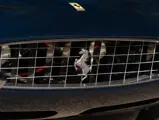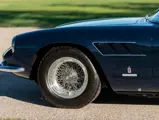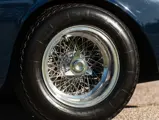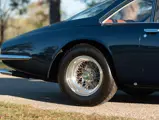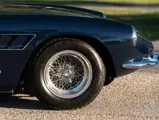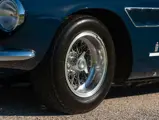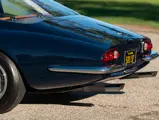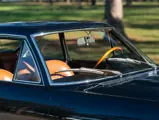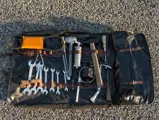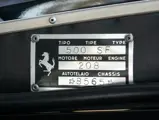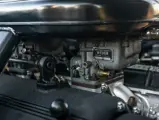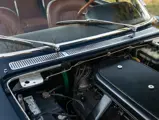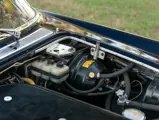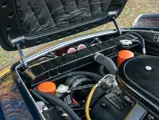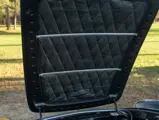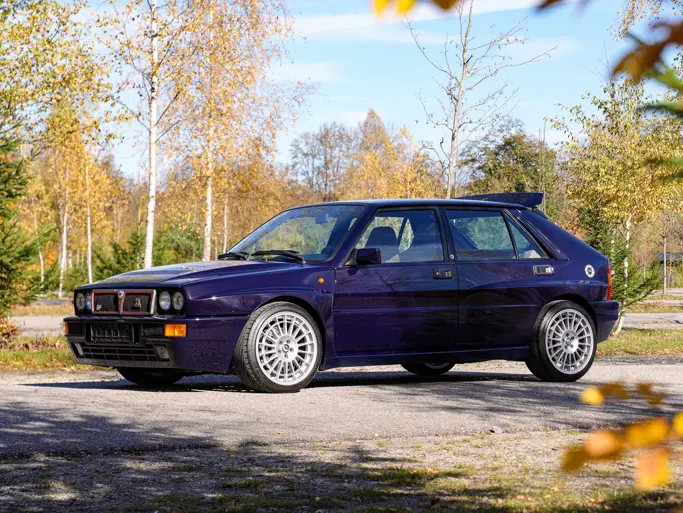
1966 Ferrari 500 Superfast Series II by Pininfarina
{{lr.item.text}}
$2,225,000 USD | Sold
Offered from A Private Collection
{{bidding.lot.reserveStatusFormatted}}
- One of 12 second-series examples and one of 36 total examples built
- Originally owned by the legendary West Coast sports car importer and racing impresario John Von Neumann
- Comprehensively restored in 2006 by the respected Paul Russell and Co.
- Equipped with rare and powerful Tipo 208 engine that combines the best of the Lampredi and Colombo engine genealogies
- Elegant color combination of dark blue paint over cognac leather
- Awarded at prestigious events including the Amelia Island Concours d’Elegance, Pebble Beach Concours d’Elegance, and the Cavallino Classic
REDEFINING WHAT IT MEANS TO BE “SUPER”
Initially coined for a series of show cars and concepts, Ferrari’s “Superfast” nomenclature was first applied to a production vehicle with the introduction of the 500 Superfast in 1964. Designed from the start to be a luxurious, exclusive grand tourer that would more than live up to its evocative name, the new model was in many ways the ultimate development of Ferrari’s flagship Superamerica model, wearing an evolution of the sleek Aerodinamico coupe coachwork that had graced the 400 SA.
While the Superfast paid obvious homage to its direct predecessor on the outside, its running gear was less obviously rooted in the Superamerica. Primarily, the Tipo 578/65 chassis was a reflection of the concurrent 330 GT 2+2 chassis, sharing that car’s long-wheelbase dimensions. A forerunner of the immense “personal luxury cars” that later came into fashion, the Superfast made the most of this wheelbase by eschewing the rear seats, endowing the driver and passenger with a roomy cabin that exuded elegance. Luxury amenities included a sumptuous leather interior and teak-accented dashboard.
The Superfast’s 4,963-cubic-centimeter Tipo 208 V-12 was an extremely unique engine for Ferrari, combining elements of the Lampredi-designed tall-block racing engine and the long-running Colombo-designed short-block employed in a majority of the grand touring models and berlinettas. The new engine carried the cylinder dimensions of the Lampredi-based Superamerica engine, but its architecture was derived from the Colombo motors. Capable of developing 400 horsepower, this engine was described by the noted marque historian Hans Tanner as “one of the most powerful Ferrari GT engines ever constructed.”
Unveiled at the 1964 Geneva International Motor Show on chassis number 5951 SF, the 500 Superfast was made in an exclusive quantity of 24 first-series examples before cosmetic and mechanical alterations were made on a second series of 12 cars, bringing total production to 36 examples through late 1966. As the latest in Ferrari’s renowned line of exclusive flagship grand tourers, the 500 Superfast enjoyed the preferred ownership of jet-set luminaries such as the Aga Khan, Barbara Hutton, the Shah of Iran, and Peter Sellers.
Claiming rarity, breathtaking aesthetics, and unprecedented road-car performance thanks to its prodigious 400-horsepower 4.9-liter engine, the 500 Superfast was the ultimate expression of the company’s flagship Superamerica series. The highly collectible cars are now found at the center of some of the world’s most exclusive and respected collections.
A PININFARINA-CLOTHED JEWEL
Claiming significant in-period ownership provenance that has more recently given way to a stellar concours exhibition record, this striking 500 Superfast is a typically ravishing example of Ferrari’s mid-1960s flagship touring machine. According to the research of marque authority Marcel Massini, chassis number 8565 SF is the 34th of 36 total examples built, though numerically it is the ninth of 12 second-series examples, and the fourth-from-last car built. Entering Pininfarina’s Turin plant in November 1965, the car was appointed with air conditioning, power windows, and power steering, and it was finished in Bleu Sera paint over an interior upholstered in Grigio Vaumol leather from Connolly.
After completing assembly in April 1966, the Ferrari was sold new to John Von Neumann, the legendary racing impresario and importer, instrumental in popularizing European sports cars in the western United States. A peer of contemporary influential importers like Max Hoffman and Luigi Chinetti, Von Neumann was a founding member of the California Sports Car Club and may be best known for catapulting the 250 GT California Spider to such success, in addition to campaigning a well-known Testa Rossa (among many other notable cars).
In April 1973, the Superfast was purchased by “Chargin’” Charlie Hayes, an upstart American racing driver who flirted with success during the 1970s, often championing American horsepower before eventually joining William McKelvy’s Scuderia Bear. Hayes soon advertised the 500 in Road & Track magazine, and by the end of the decade the car was sold to the Hollywood-based dealer Sal di Natale. During the decade the engine was replaced with another correct Superfast motor, number 8083 (although the original mill would be reunited with the car two decades later).
In 1979, the Ferrari was acquired by Charles Borin of Calabasas, California, and he repainted the car red and reupholstered the interior in tan leather. Borin retained possession for 12 years before the car passed to the esteemed dealer Ed Waterman of Fort Lauderdale, Florida.
In 1993, the Ferrari’s original engine, number 8565 SF, was reinstalled in this Superfast, contributing to the car’s optimal authenticity. A full restoration was conducted at this time, including a repaint of the coachwork in dark blue and trimming of the interior with cognac leather.
Sold in 2002 to Charles Morse of Seattle, Washington, the Superfast was displayed at the 2003 Amelia Island Concours d’Elegance, winning the Ferrari class. Ten months later the car was spotted in attendance at the Palm Beach Cavallino Classic. In January 2004, Morse sold the Ferrari to the late Dr. Ervin “Bud” Lyon of Kensington, New Hampshire, long recognized as one of New England’s most significant collectors. Mr. Lyon presented the car at the 2005 Pebble Beach Concours d’Elegance, where it scored 95 out of a possible 100 points during judging, and in January 2006 the car was exhibited at the Cavallino Classic.
Later in 2006, chassis number 8565 SF was treated to a comprehensive refurbishment by the highly respected Paul Russell and Company in Essex, Massachusetts and, on the back of this work, the Superfast was presented at Amelia Island in March 2007, winning the prestigious Amelia Award. In September 2008, Mr. Lyon sold the Ferrari to a collector based in Oregon, who displayed the car at the 2009 Rodeo Drive Concours d’Elegance in Beverly Hills before engaging Francorchamps of America and Ferrari of Beverly Hills to conduct additional mechanical work.
When offered at RM Sotheby's flagship Monterey sale in August 2010, the Ferrari had reportedly accrued no more than 400 miles. Acquired by the consignor later that year, the Superfast has been driven very little since, spending most of the last 12 years in climate-controlled storage. In preparation for the current offering, the car has recently undergone a light freshening to accommodate basic operational condition. It should be noted that the paintwork has considerably aged since the 2006 restoration and in some areas displays lifting and crazing. It is also important to note that the car retains mechanical stampings that indicate the continued presence of the matching-numbers chassis and the rare type 208 engine.
Still beguiling in its dark blue over cognac interior, this handsome 500 Superfast continues to display the benefits of the expert restoration by Paul Russell, offering further exhibition on finer concours fields. Notable for its initial ownership by the luminary John Von Neumann, and offering the rarity defined as being one of 36 examples built and one of just 12 second-series cars, this luxurious grand tourer would make a sensational addition to any collection, particularly suited to enthusiasts of Maranello’s peerless luxury flagship tradition.

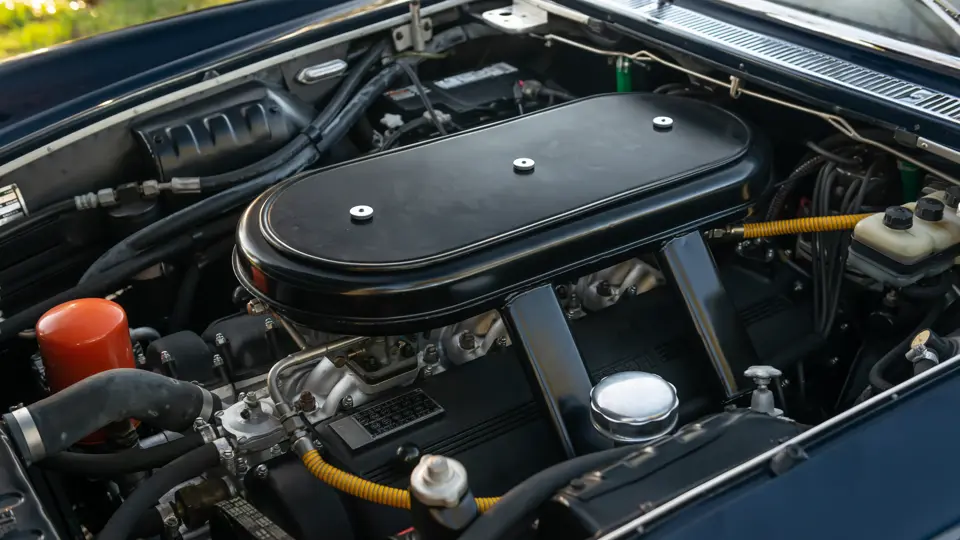


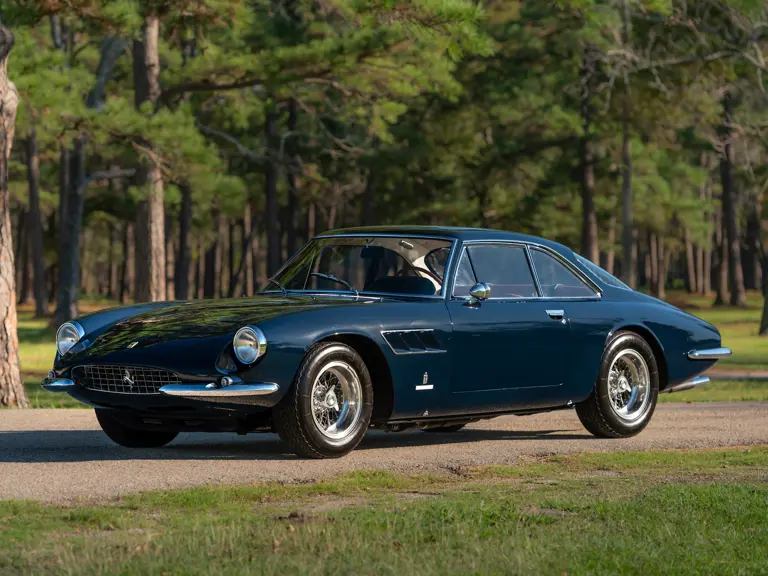
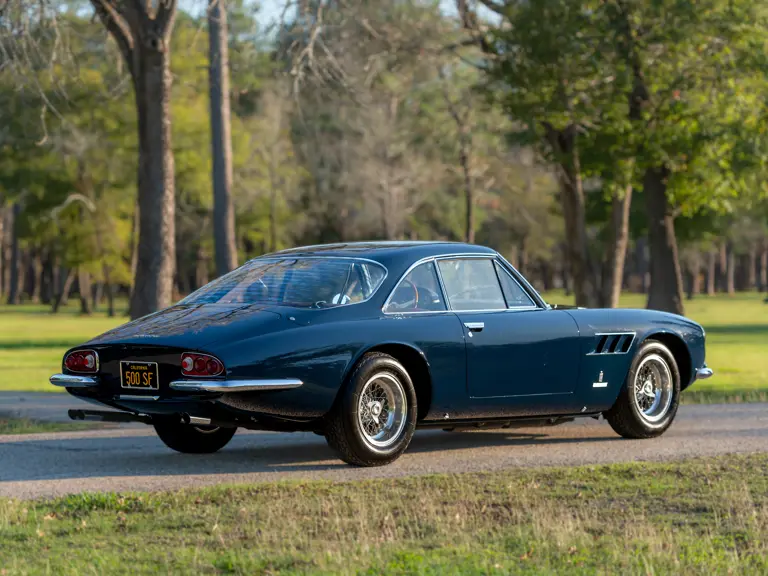
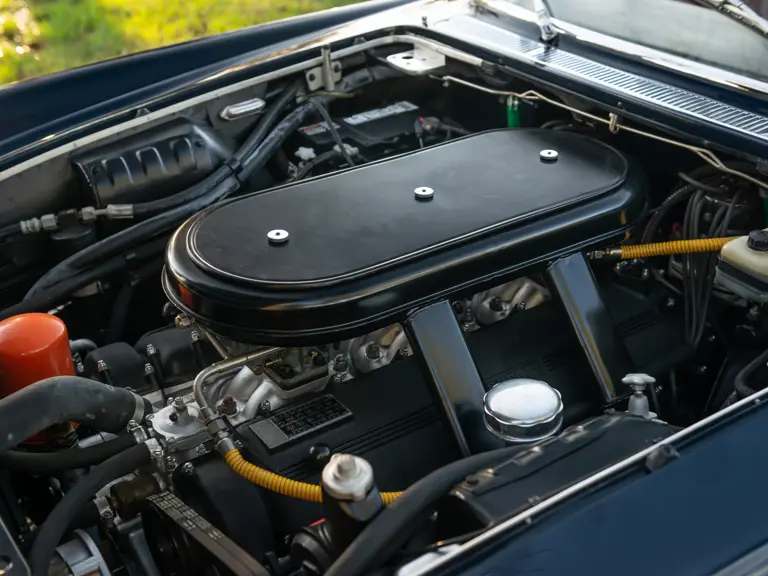
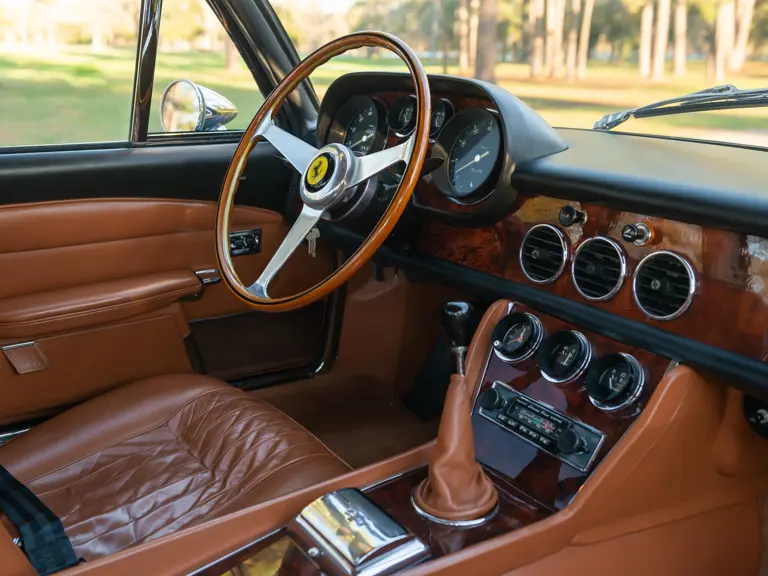
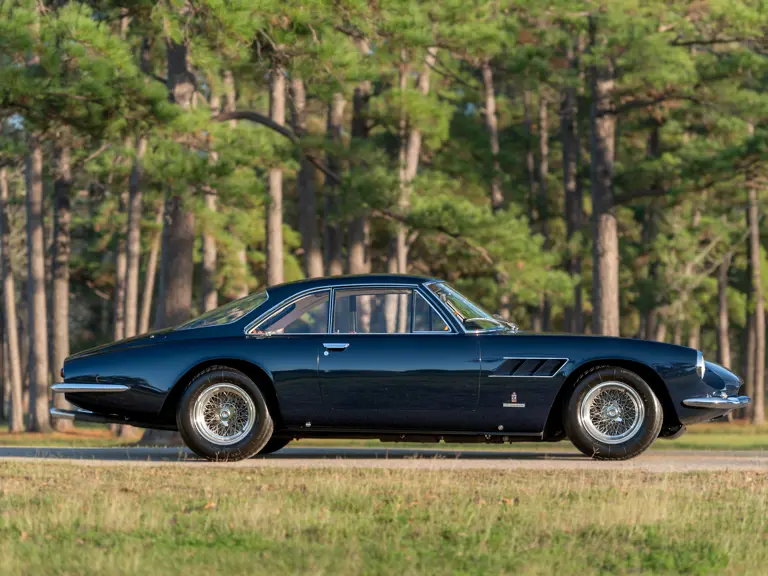
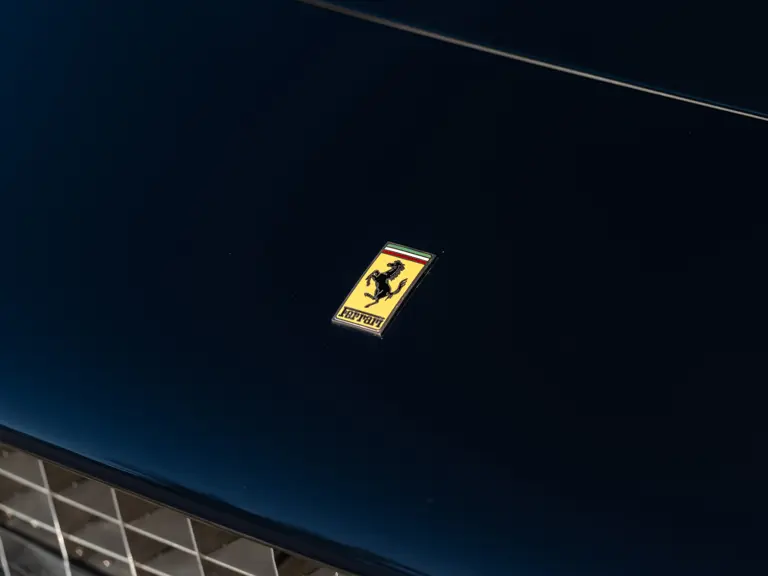
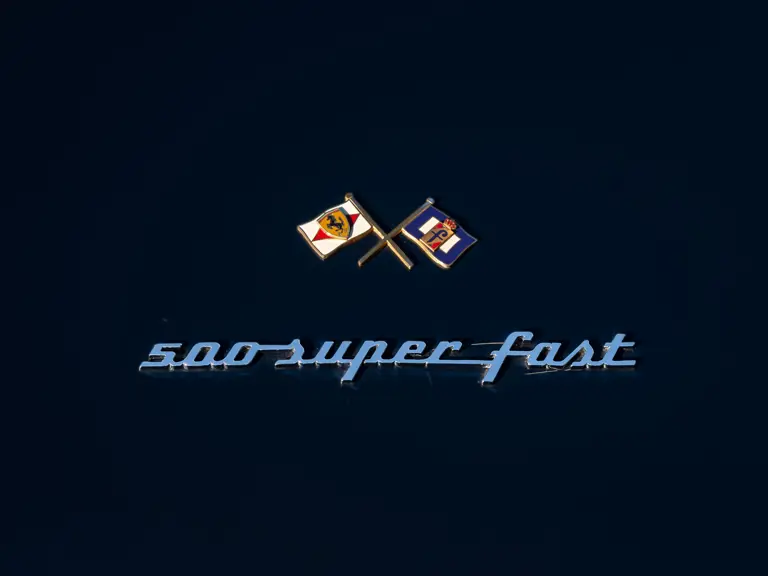

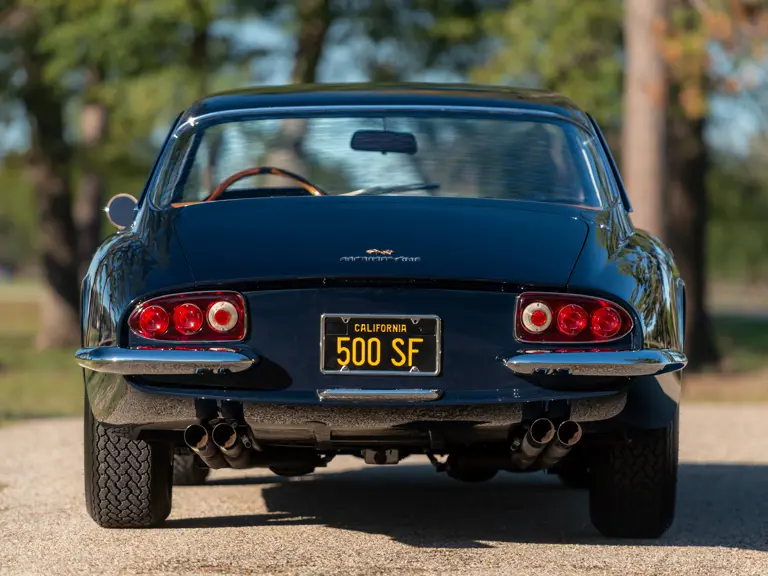

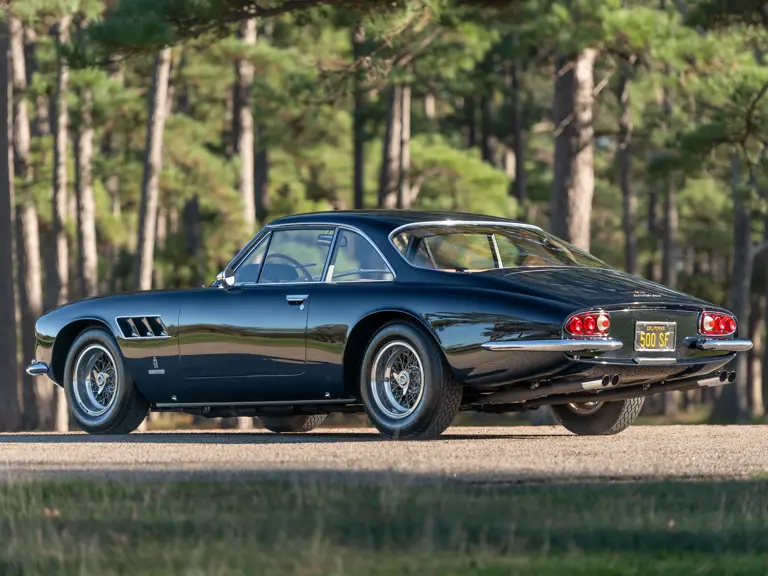

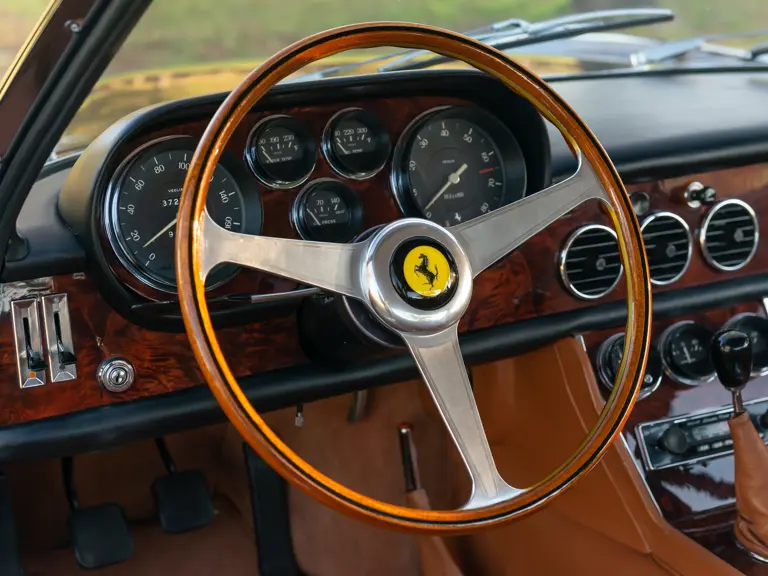
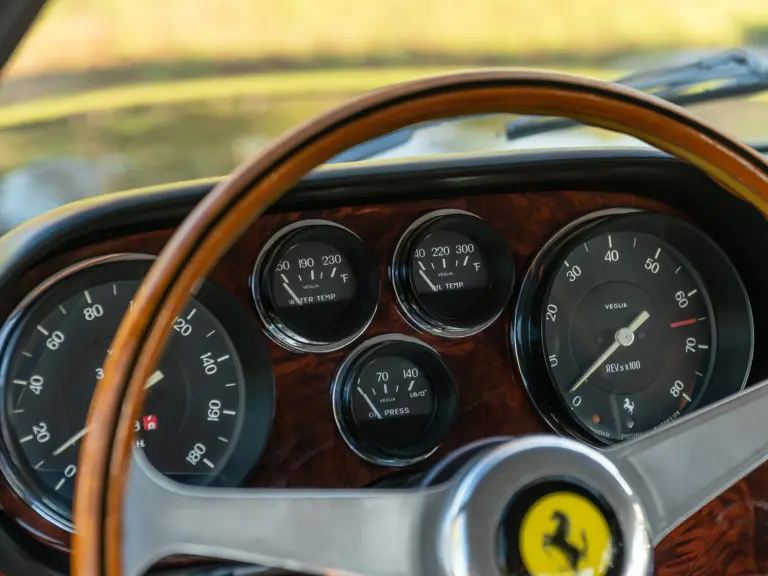
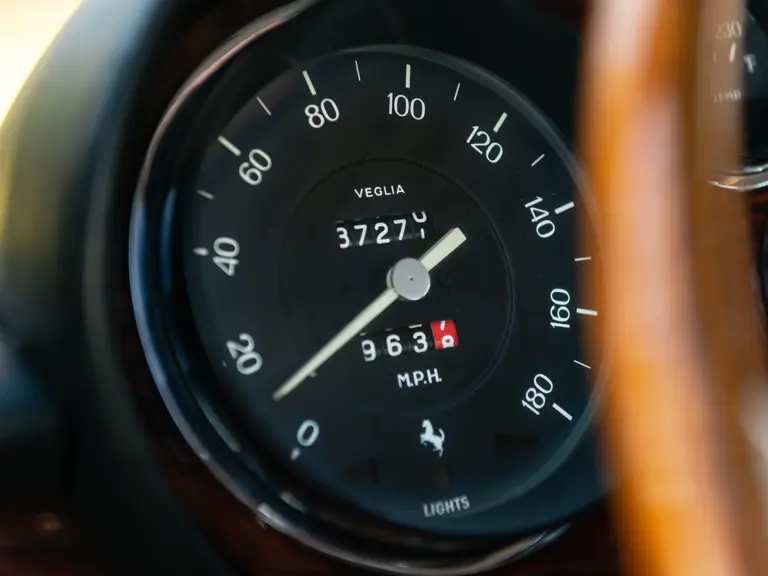
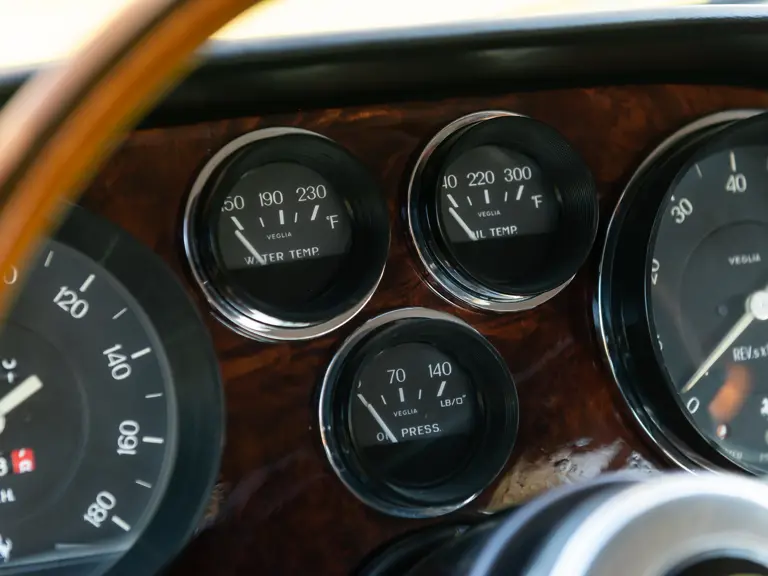
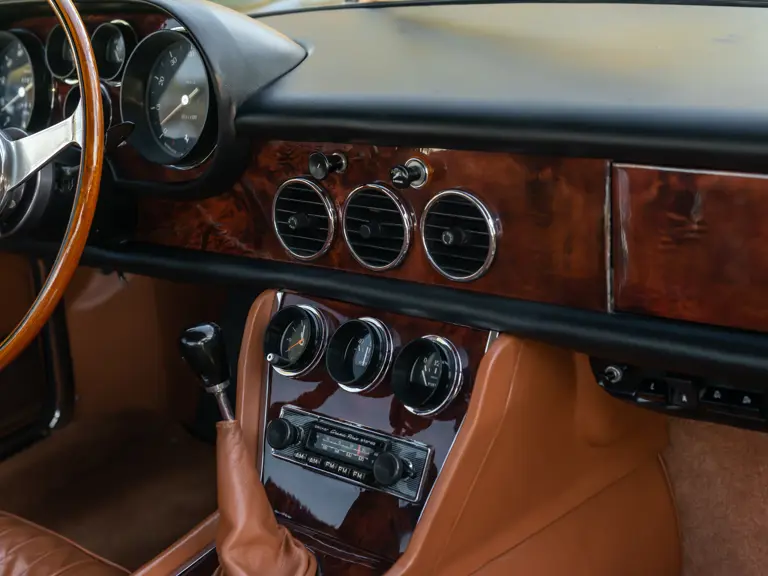

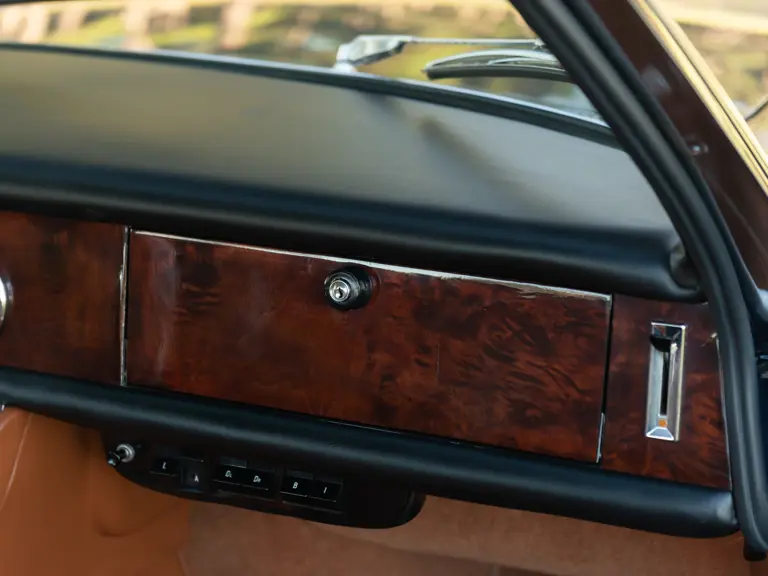
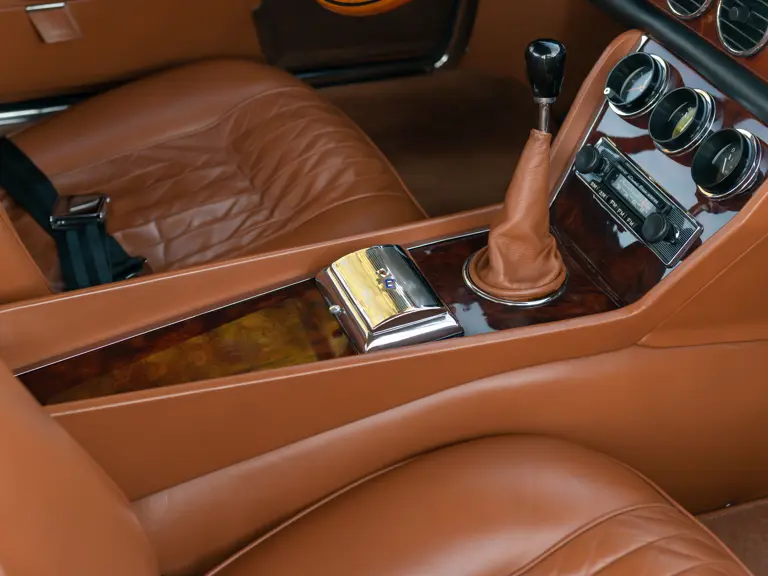
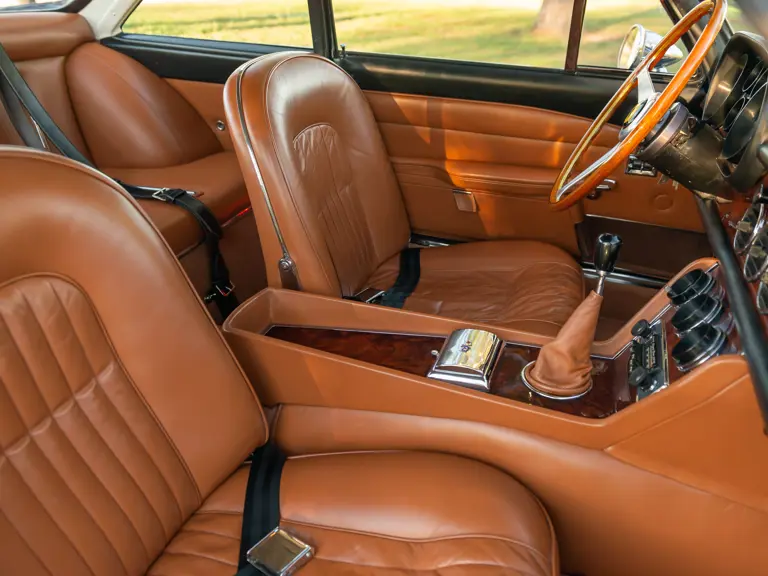
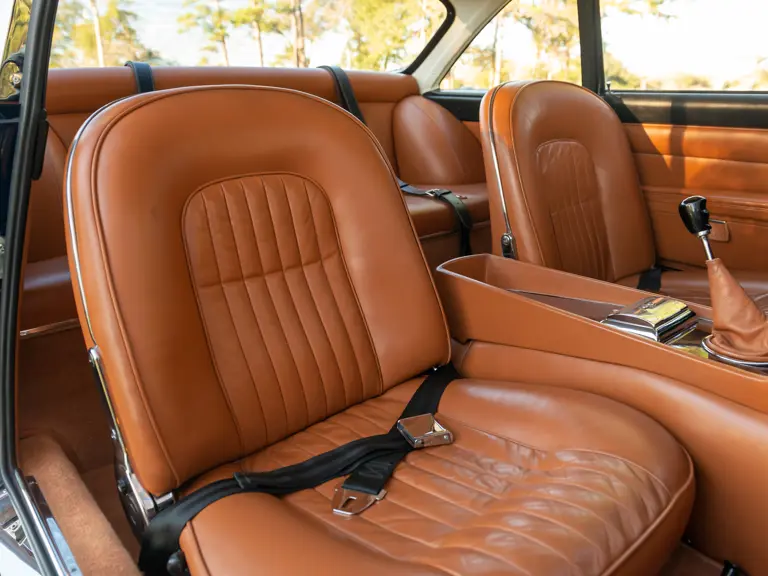



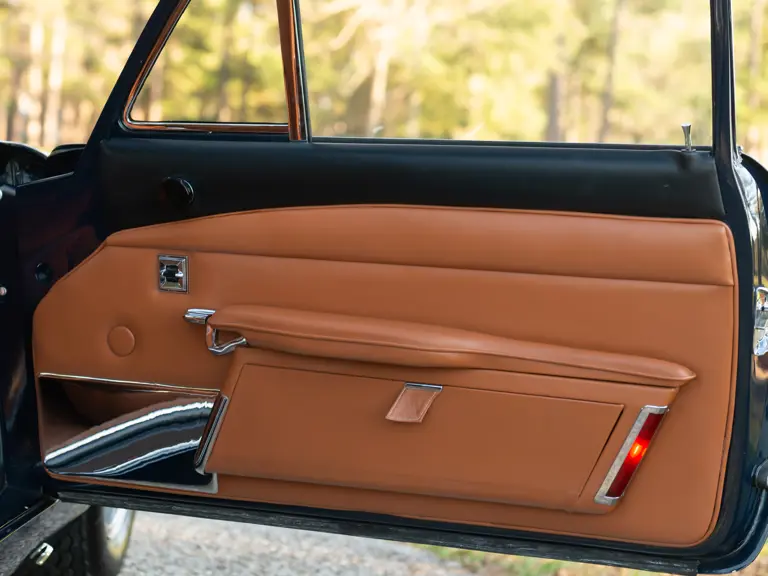

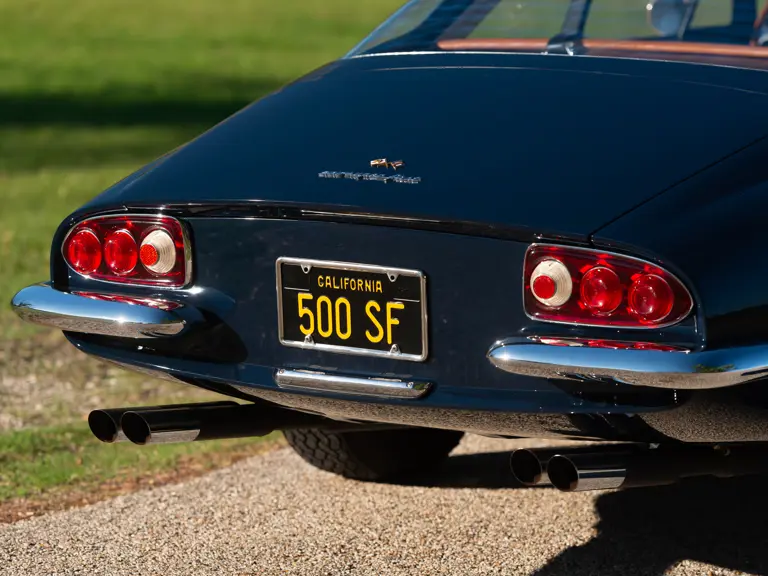
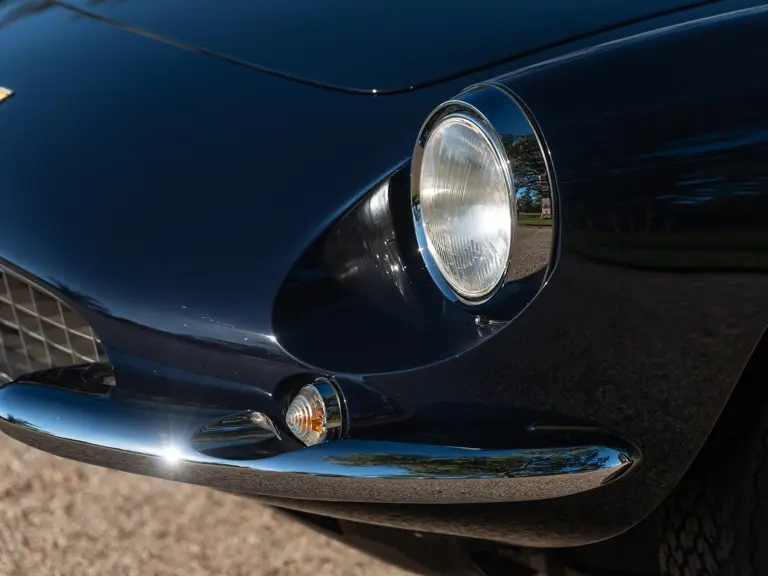
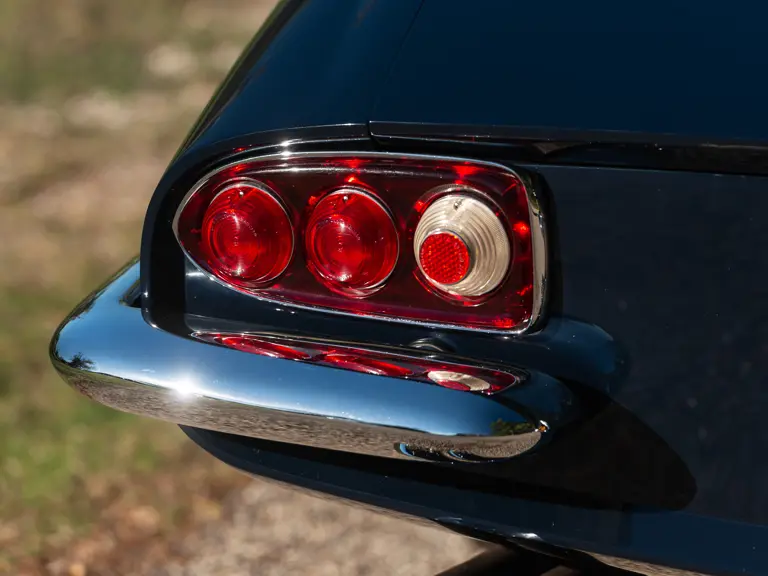
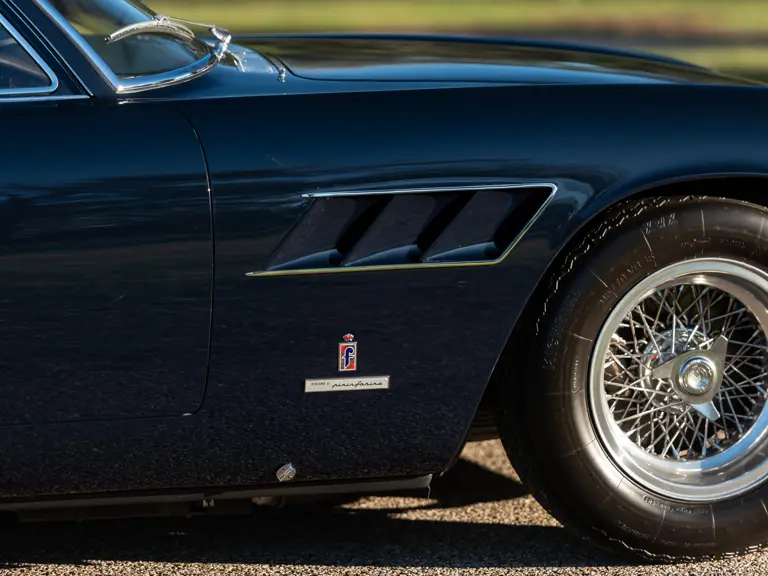


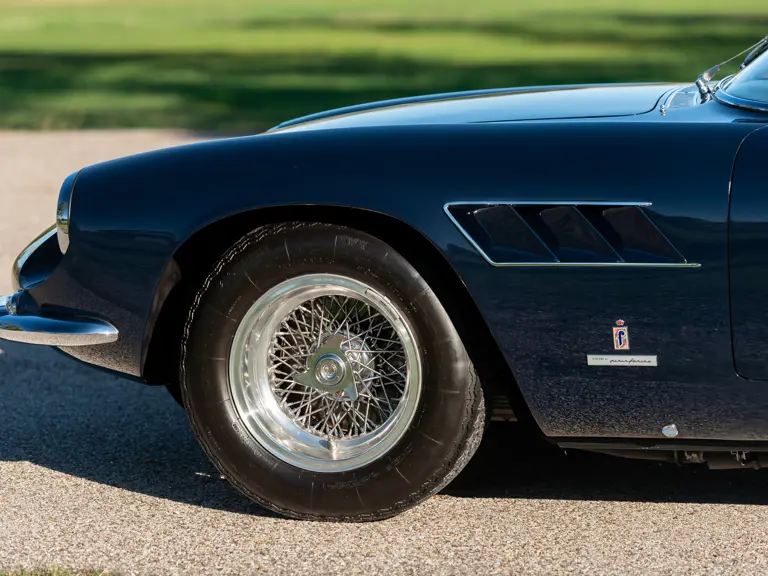

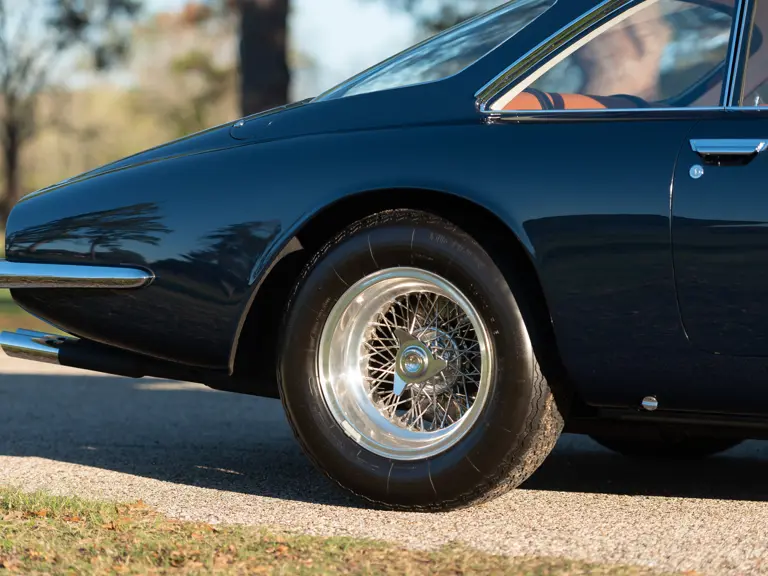
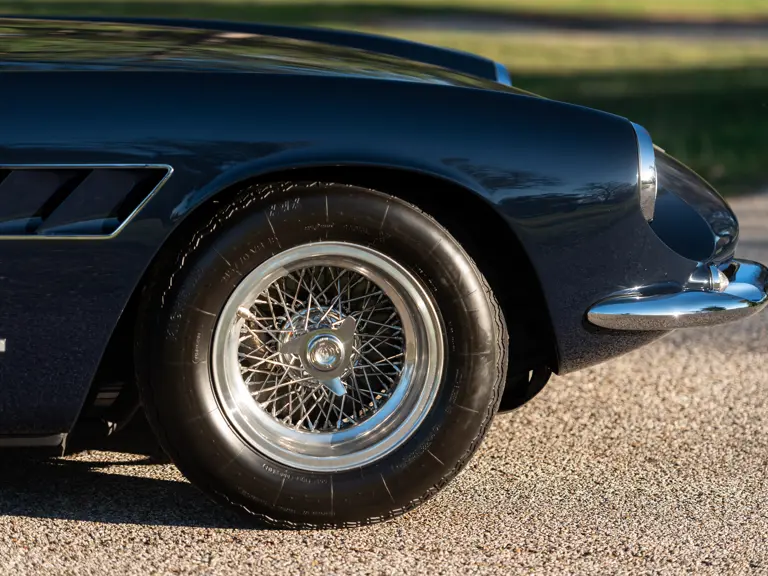
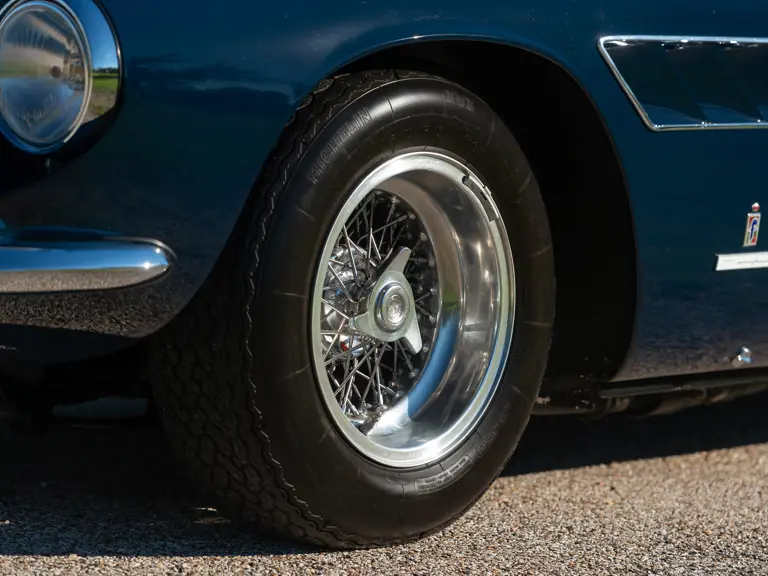
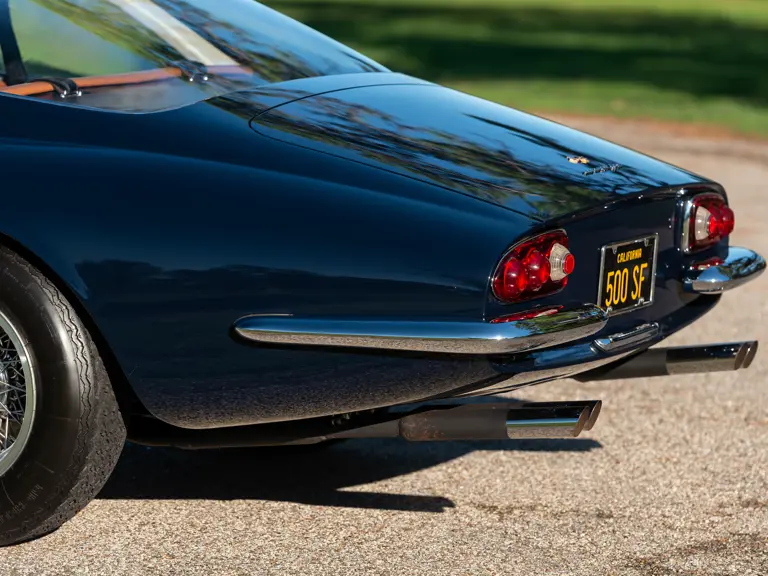

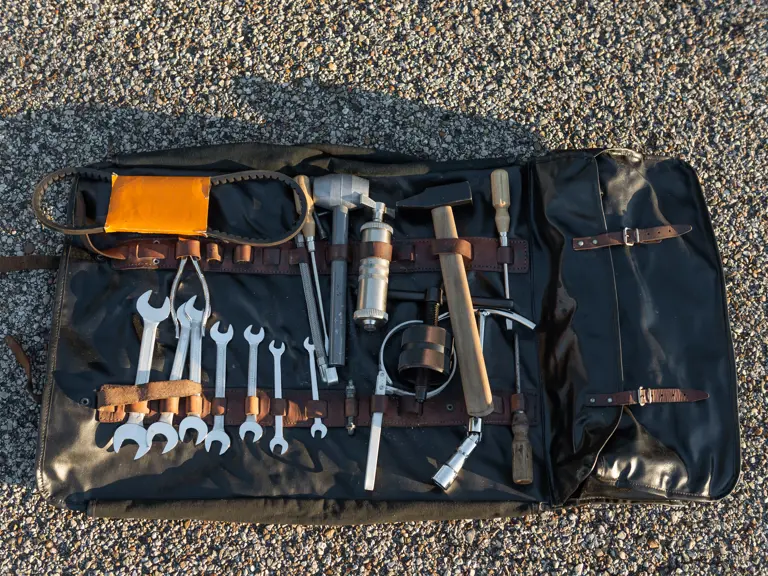
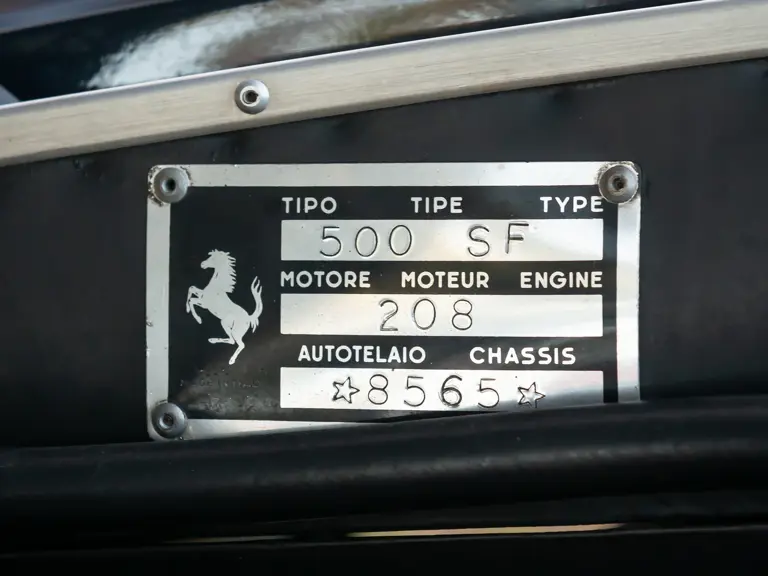
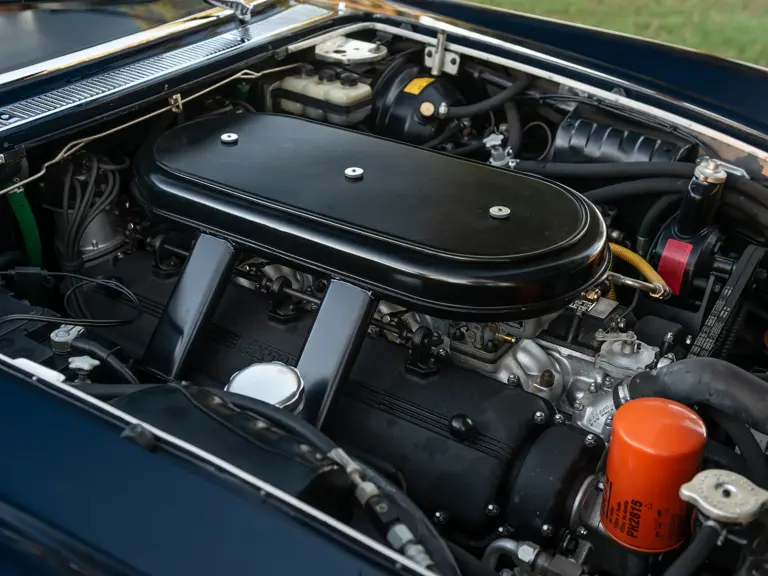
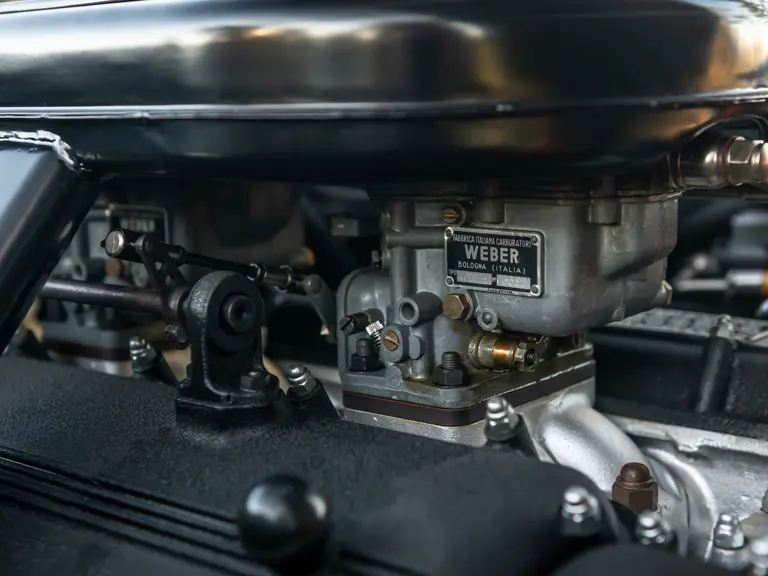
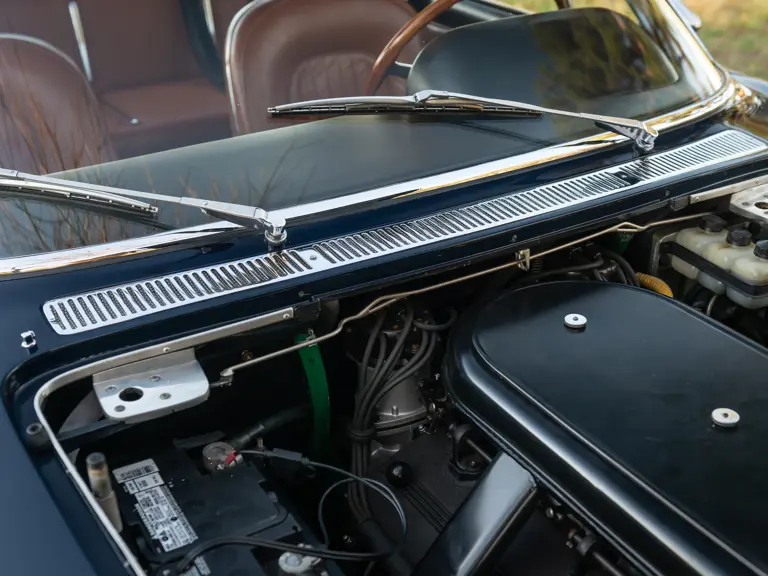
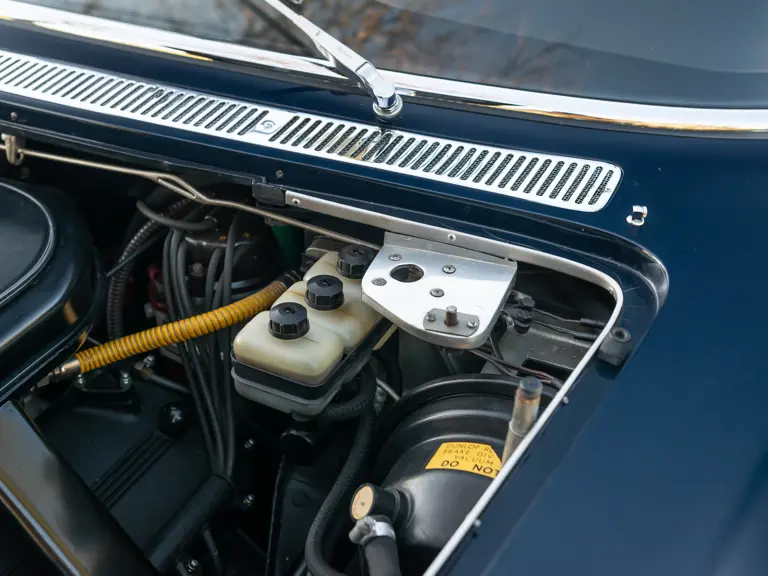


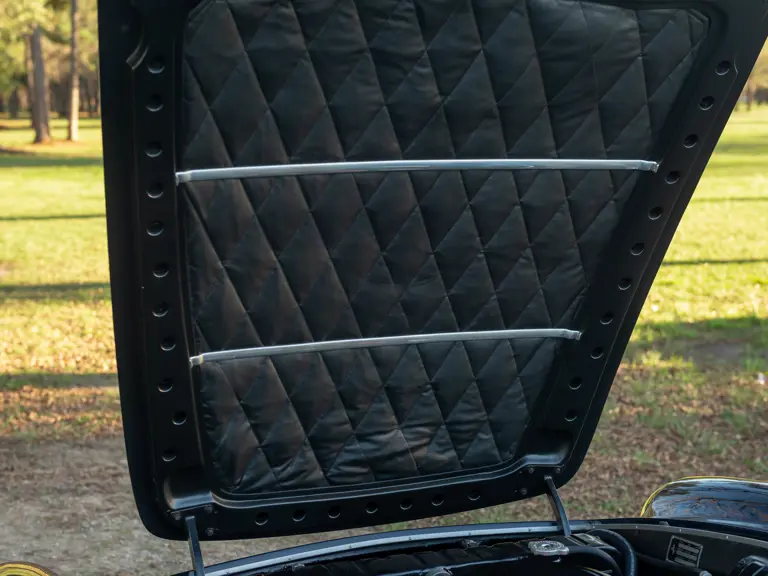
 | Phoenix, Arizona
| Phoenix, Arizona


